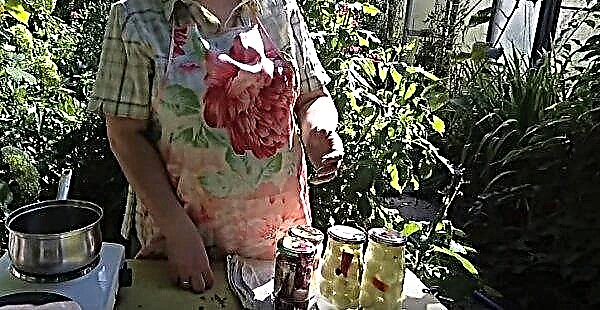In the Scottish district of Aberdeenshire, the so-called ancient megalith has long functioned: stones located in the form of an irregular circle. Archaeologists attributed this building to a thousand-year history and did not tire of thanking the Scottish farmer from the parish of Leochelle, who “discovered” an artifact of antiquity in his garden about thirty years ago.
Scientists noted that the dimensions of the megalithic structure, which is also called cromlech (buildings of the Late Neolithic and Early Bronze Age, which look like a vertical structure of stones arranged in a circle; the legendary Stonehenge is considered one of the most famous cromlechs) is not so large as that of other structures of this kind.
 However, the question of authenticity was not at all on the agenda of Scottish historians when they explored cromlech in Leoshel. And what was the disappointment and shame of these researchers when, after many years, it turned out that the builders of the structure were not Neolithic contemporaries, but the same farmer in whose garden the building was "found".
However, the question of authenticity was not at all on the agenda of Scottish historians when they explored cromlech in Leoshel. And what was the disappointment and shame of these researchers when, after many years, it turned out that the builders of the structure were not Neolithic contemporaries, but the same farmer in whose garden the building was "found".
Participants in the study of Scottish historical heritage do not hold a grudge against the farmer and are justified by the fact that the true age of these megaliths is sometimes difficult to determine. Archaeologists believe that tourists from all over the world, despite the information about falsification, will continue to visit the megalith in Leoshel.












